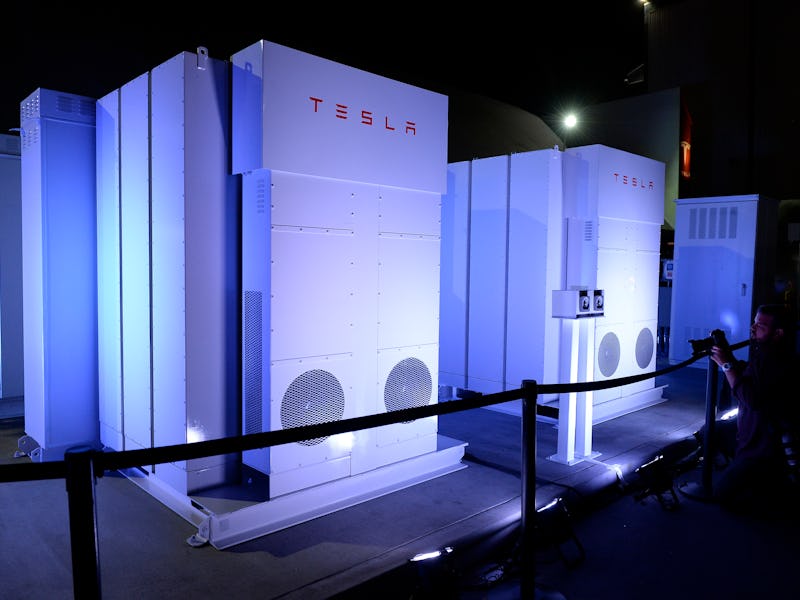
Tesla just installed a Powerpack utility grid that has enough energy to power 2,500 homes all day — and reduce the Los Angeles area’s reliance on fossil fuels at the same time.
On Monday, Tesla posted a video on Twitter of a grid it has installed at Southern California Edison’s substation in the Los Angeles Basin. Installing all of these sleek white Powerpacks took 94 days.
This electric grid serves 15 million people in Southern California while reducing greenhouse gas consumption. Tesla’s latest integrates renewable sources, like wind and solar power. As Tesla’s largest operating lithium ion project, the Powerpack can prevent electricity shortages and provide additional energy security.
Each Powerpack features a thermal control system and 16 individual battery pods that can be easily swapped. It also features sensors that can monitor cell level performance. The Powerpack has 50kW (AC) of power and an energy capacity of 210 kWh (AC).
During emergencies, the grid provides backup power and can be tied to solar energy. It also uses energy efficiently, such as by discharging during times of peak demand to avoid or reduce demand charge. And with an operating temperature of -22 degrees to 122 degrees, it can function under a wide range of weather conditions — though hopefully it won’t ever get that cold in L.A.
Tesla’s massive Gigafactory produces lithium-ion batteries for its Powerpacks. Recently, Nevada Governor Brian Sandoval announced that the Gigafactory will also expand to making electric motors and gearboxes for Tesla’s Model 3. Tesla predicted that the Gigafactory’s cost-efficient production will make its energy products and cars more affordable.